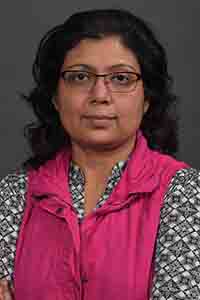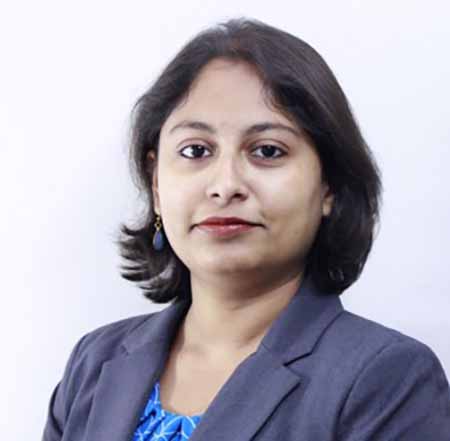Researchers at Indian Institute of Technology Jodhpur and Western Michigan University, USA, have identified predictors for neonatal and infant mortality using multiple machine learning (ML) techniques.
The study uses nationwide household survey data from India. The primary objective of this research was to identify early warning signs of child mortality that community health workers can use, said IIT spokesperson on May 30.
Reducing child mortality is a specific goal under the Sustainable Development Goals 2030.
Previous research in this direction has established that poor clinical knowledge among healthcare workers is one of the causes of child mortality in developing economies.
Dr D Brahma, Assistant Professor, Centre for Mathematical and Computational Economics, School of AI and Data Science, IIT Jodhpur, and Dr Debasri Mukherjee, Professor, Department of Economics, Western Michigan University, USA, worked together to develop early warning indicators for neonatal and infant mortality.
Early-warning Indicators
Researchers say that early warning indicators are observable biological, demographic characteristics, socio-economic factors of households, mothers and new-borns.
The early warning indicators identified in this study do not require advanced medical knowledge. It can be easily used by community healthcare workers.
The study uses a range of machine learning algorithms to assess the relative importance of characteristics such as being first-borns, being born in poorer households, and having a low birth weight.
Dr Brahma said early identification of risk factors through the help of community health workers can go a long way in helping India reach the Sustainable Development Goals.
This research aims to train community health workers to use predictors as a screening mechanism to identify individuals at risk for mortality and refer them to qualified doctors for more rigorous evaluation.
“Early identification of risk factors will allow women and new-borns to get timely medical care and reduce the child mortality rate in India”.




